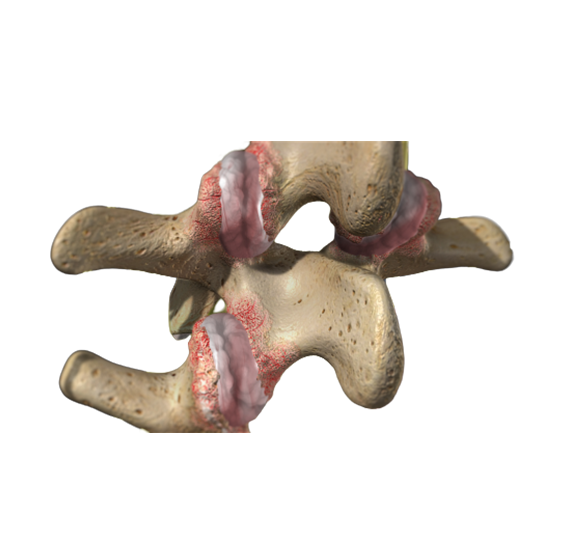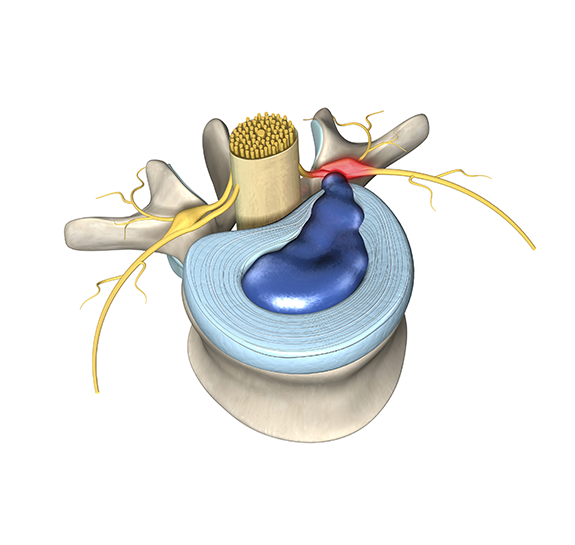Top Neurosurgeons for Low Back Laminectomy for Spinal Stenosis in Gilbert and the East Valley
Spinal Stenosis means narrowing of the spinal canal. This process is gradual and progressive; so, if you live long enough you are going to get it. However, once the problem becomes severe it may lead to permanent nerve damage. Once an MRI shows severe spinal stenosis then laminectomy surgery is the only way to protect you from permanent damage.
In this post we’ll tell you the features of the best spine surgeons and introduce you to the spine surgeons who meet all our criteria for Best Practice Health certification and practices entirely in the East Valley.
Spinal Stenosis
Think of the spinal canal as a room. The facet joints are the walls. With age and arthritis, the joints get bigger and move inward. The lamina bone is the roof. Over time the bone does not change; however, a ligament under the lamina gets thicker with age and degeneration. As the ligament thickens the room is coming down. The disc space is the floor. A bulging or herniated floor means the floor is rising. Combine that the walls are moving in, the floors are rising, and the roof is coming down, and it’s no surprise the spinal canal is getting narrow with age.
MRI shows the changes of spinal stenosis. When we are young the spinal canal is oval shaped, and the nerve roots can be seen floating in a spacious sea of spinal fluid. As the canal narrows the shape is distorted into a triangle and the nerve roots are pinched. Once this process starts it never stops. Left untreated spinal stenosis would eventually leave us numb and paralyzed from the waist down. The loss of control of our bowels or bladder would shortly lead to infection. Until we would be dead, in bed, unable to walk due to UTI. Fortunately, the progression is slow. When it is detected early enough, spinal stenosis can be effectively managed and treated.
The early Symptoms of Spinal Stenosis
Doctors have long recognized that spinal narrowing causes pain down the legs with walking that is relieved by bending forward and resting. Once common pattern I’ve seen is people leaning over on their shopping cart to open the spinal canal and permit them to finish their grocery shopping.
In mild and moderate cases, the symptoms of spinal stenosis can often be controlled with exercise. However, as mentioned above, stenosis always gets worse. Once you have stenosis, what are your alternatives?
In the old days doctors offered epidural injections to patients with spinal stenosis. The problem with stenosis is compression not inflammation. So, epidural injection does not make sense. In addition, studies proved it does not work for this problem.
We now know that once stenosis becomes severe decompression surgery with laminectomy is the only effective treatment.
Lumbar laminectomy
Lumbar laminectomy relieves back and leg pain caused by spinal stenosis that is too severe to control with exercise and medications. Laminectomy surgery also protects the underlying nerve roots from permanent nerve damage. That means no numbness, weakness (partial or complete paralysis), loss of urinary bladder control, or loss of sexual function. Once you know you need a laminectomy, the most important thing you can do is to pick the right spine surgeon.
The best surgeon to do your laminectomy is the safest and most effective. The most common and serious complications of laminectomy surgery are persistent back or leg pain, infection, and nerve damage. Minimally invasive surgical techniques reduce the risk of infection. The operating microscope and endoscope help the spine surgeon avoid nerve damage by magnifying the spine during surgery. Therefore, the best surgeon to do your laminectomy is one who uses minimally invasive surgical techniques and a microscope or endoscope.
But there’s more. The magnified view permits the surgeon to use a small retractor. The specialized retractor means a smaller incision and less tissue damage. Less tissue damage means a faster, more complete recovery. So, a list of the best surgeons for laminectomy in Gilbert and the East Valley will include those who use a specialized retractor and magnification.
We have focused on the surgeon so far, but the facility matter, too. Hospitals are great for trauma and cancer, but for elective surgery you want to get in and out with no errors or staph infections. We favor ambulatory surgery centers over hospitals to avoid these problems and let your family waiting have a nicer more convenient experience.
Leaders in Minimally Invasive Spine Care and Surgery in Gilbert - Best Practice Certified Spine Surgeons for a Laminectomy
We reviewed the neurosurgeons and orthopedic surgeons in the East Valley and made a list of who met our criteria:
[insurancefilter class=”grid_insurance” layout=”slider” joint=”Back” default_pro=”Low back: Laminectomy” location=”Gilbert, AZ” miles=”10″]
While several surgeons met some of our criteria, we could only find one who actually does the laminectomy surgery in an ambulatory surgery center in Gilbert. That was Dr. Robert Koffie, MD.
FAQs:
How long is the hospital stay after laminectomy?
Snap! Trick question. There is no required hospital stay for lumbar laminectomy. Now that the best surgeons are using a minimally invasive retractor and microsurgical techniques, patients are discharged after the procedure without the necessity of a hospital stay. The laminectomy procedure is now classified as outpatient by most commercial insurance carriers as well as Medicare. Given the risk of hospital errors and staph infections, avoiding a hospital stay increases the safety of the procedure while maintaining all the fantastic benefits.
How long does it take to recover from laminectomy?
You will be up and walking the day of surgery. Most patients can walk a little more every day. Plan on increasing your daily walk 10 per day each week. The first week you build up to 10 min. The second week 30 min. Most people can walk a mile in 30 min. You should be walking a mile a day in 3 weeks. Most surgeons recommend you resume driving when you are off all psychoactive pain meds, which should be after 72 hours. Many patients return to light duty week the week after surgery. Heavy duty work requires more time to recover and approval from your surgeon before returning.






